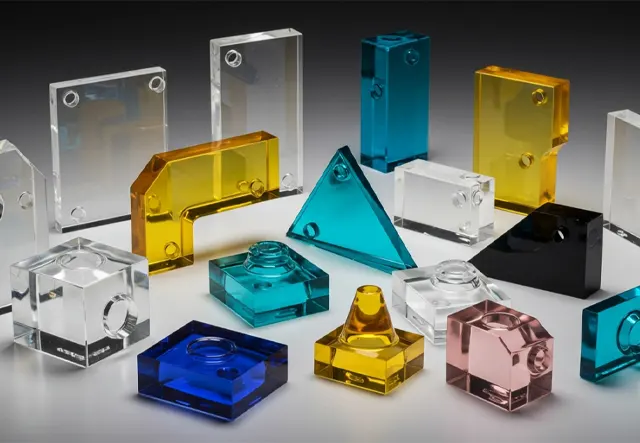News

How To Make CNC Machine Using Arduino
With Arduino can control two motors to control the movement of X,Y. Two switch inputs are added to the main … Read more
Advantage And Disadvantage Of Die-Casting Techonology
Advantages of die casting include but not limit to excellent dimensional accuracy of castings. Usually this depends on the raw … Read more
TOP 5 Injection Molding Company
Injection molding companies play a crucial role in modern manufacturing, producing a wide range of plastic products used in industries … Read more
What Is Extrusion Molding?
Key Components And Process Of Extrusion Molding Material Feeding: Raw Material: The process begins with raw materials, usually in the … Read more
Can HDPE Be Injection Molded
HDPE is a highly crystalline, non-polar thermoplastic resin. The appearance of the original state HDPE is milky white, in the … Read more
What Is A Sprue In Injection Molding
The gate can be understood as the last “door” for the molten plastic to enter the cavity through the pouring … Read more

Can Acrylic Be Injection Molded
Thermoplastic acrylic resin is a polymer material commonly used in the manufacture of plastic products. It is formed by the polymerization of acrylic monomers, and has excellent UV resistance, chemical resistance, abrasion resistance, and good gloss. Therefore, it is widely used in injection molding, extrusion, calendering and other processes.

Why Are Blow Molds So Expensive
The cost advantage: rotational molding process only requires that the strength of the frame is sufficient to support the material, mold and the weight of the frame itself to prevent material leakage of the closed-mold force; and the material in the entire molding process, in addition to the role of natural gravity, almost not subject to the role of any external forces, thus fully equipped with the machine mold processing and manufacturing convenience, short cycle, low-cost advantages.

How To Prevent Blow Mold Tipping
This guide outlines essential practices to ensure mold stability and operational safety in blow molding processes. It covers stable design, secure installation, regular maintenance, operator training, use of auxiliary devices, and environmental control to minimize risks such as mold tipping, loosening, or accidents during production.
